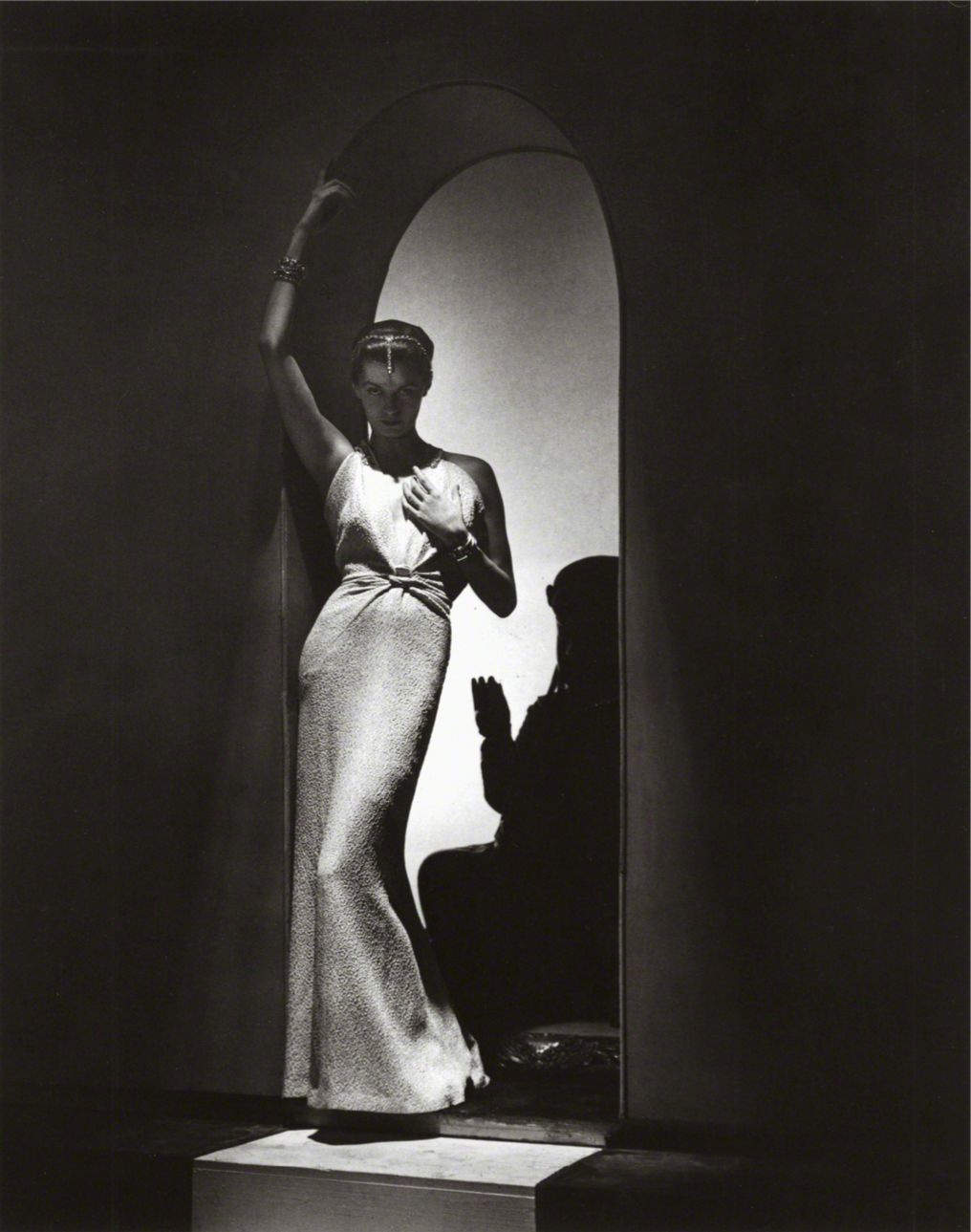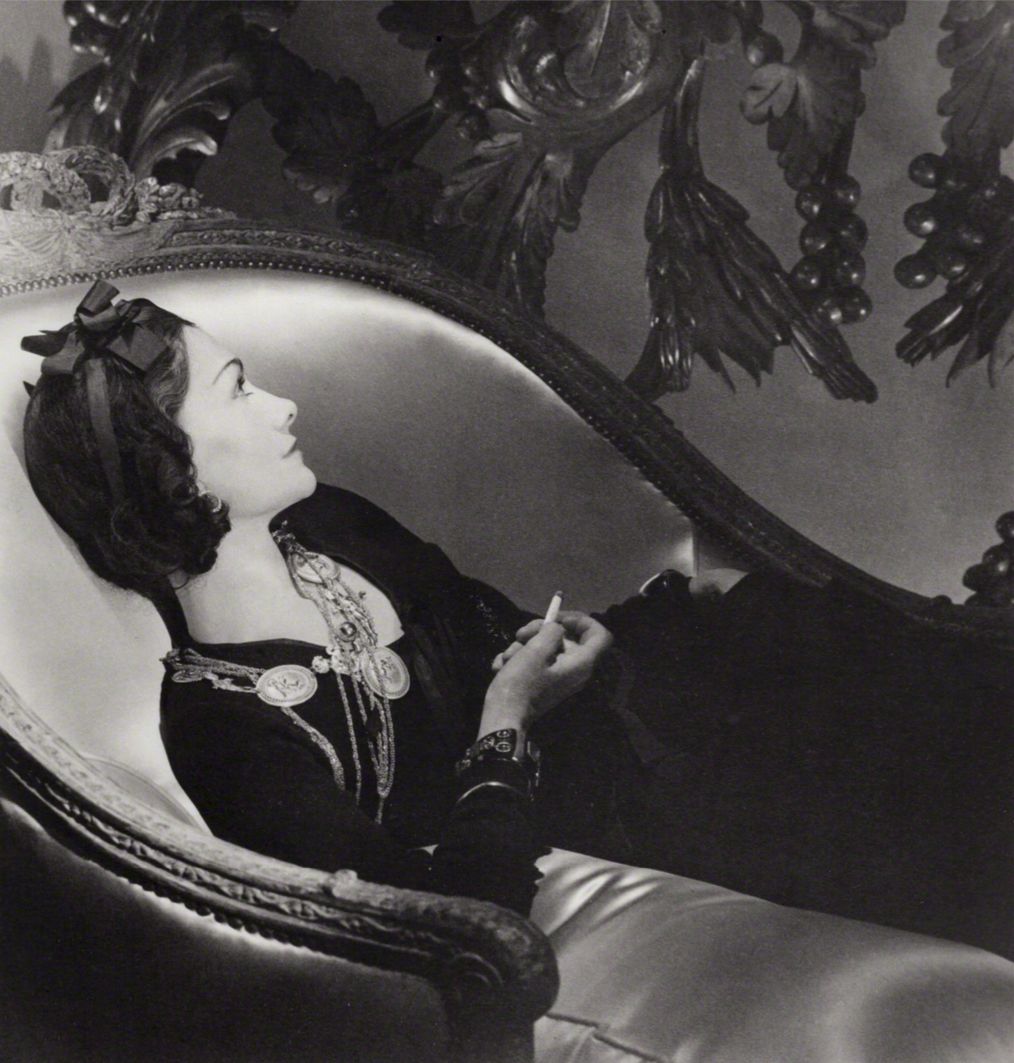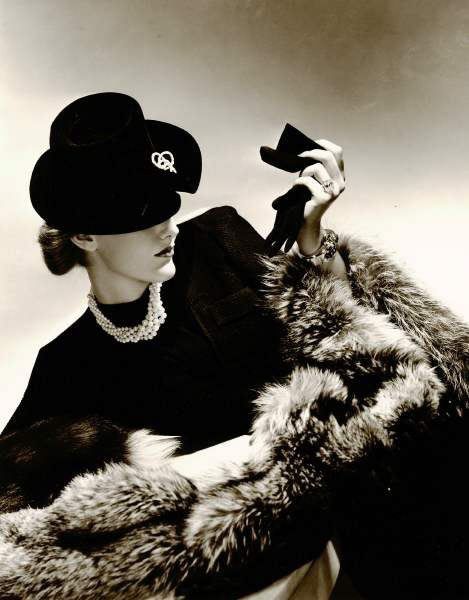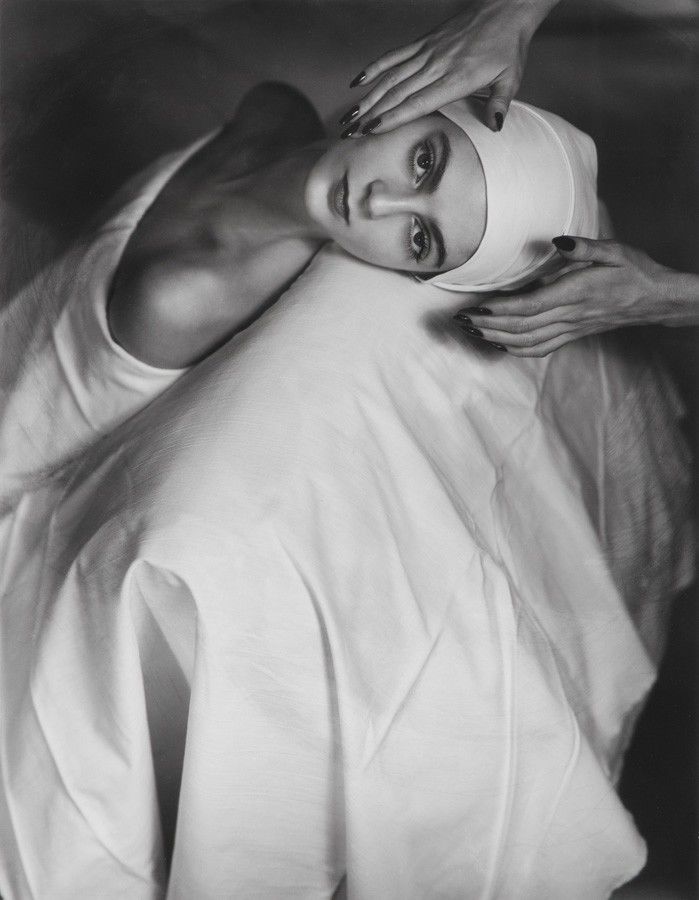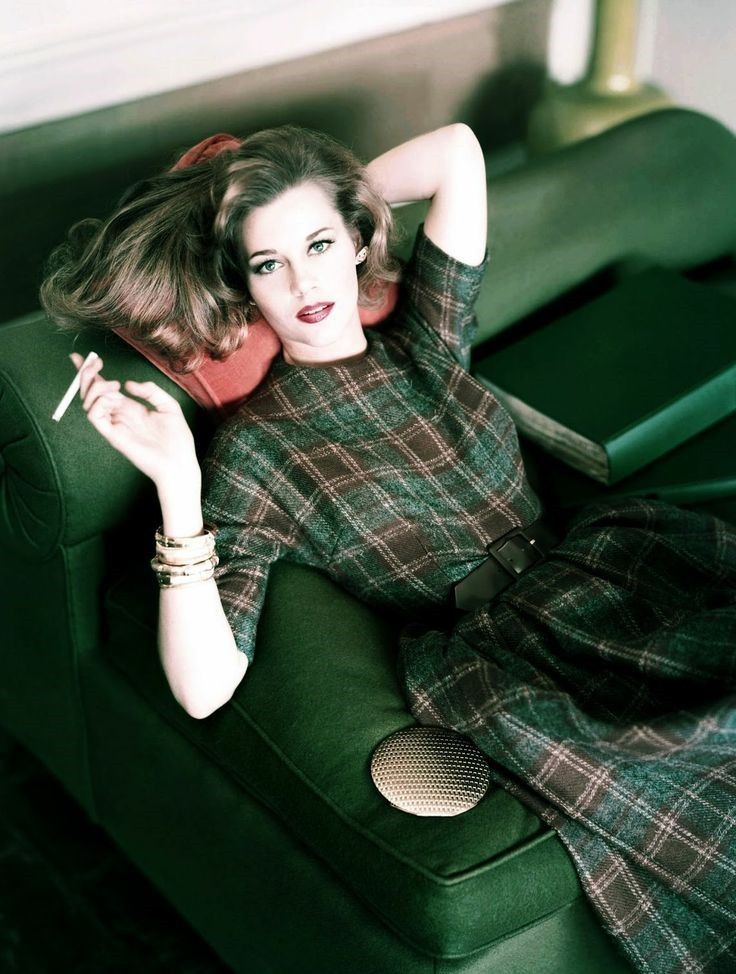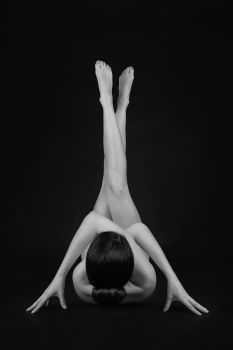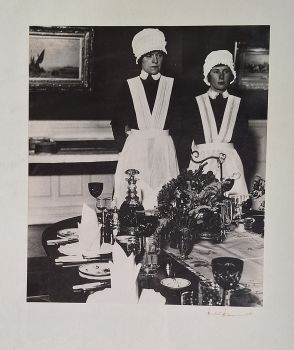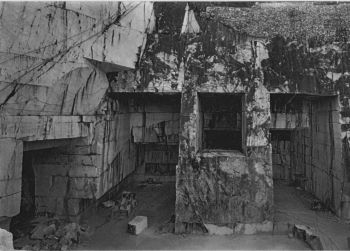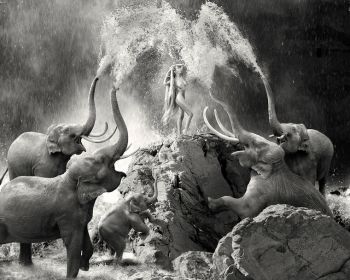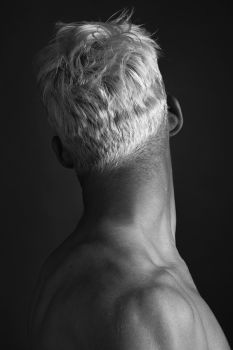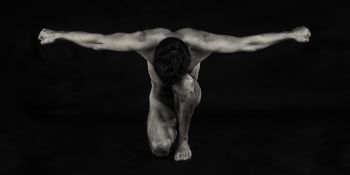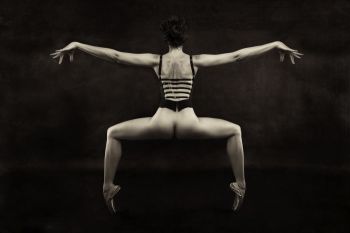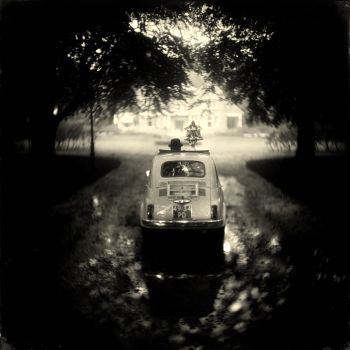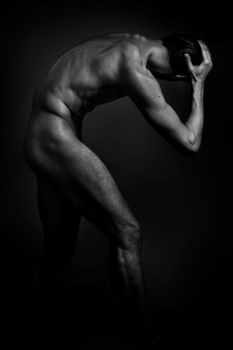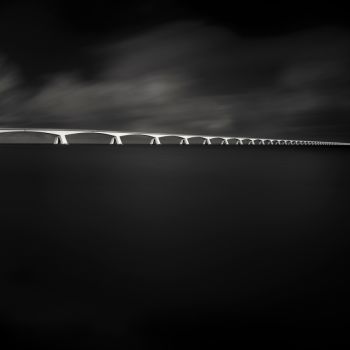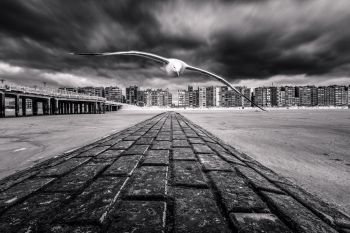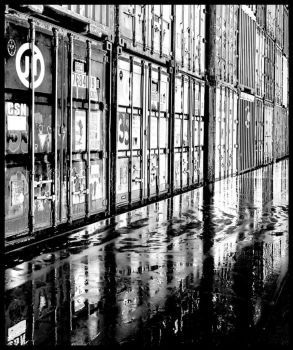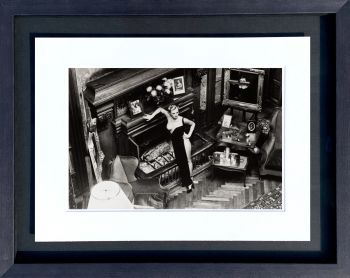P. Horst: Photographer of Elegance and Style
In the history of twentieth-century fashion photography, the images of the German born photographer Horst P. Horst (1906–1999) came to be identified with sheer elegance and style.
Horst's early years
Initially an architecture student in Paris, Horst’s career in photography began in the early 1930s, after meeting the photographer George Hoyningen-Huene who became his mentor and partner. Soon Horst became French Vogue’s primary photographer, celebrated for his classical images of models and society figures posed in dramatic, sometimes Greek-inspired settings.
Fig. 1. Nelly, Nikolska, Parthenon, Athens, 1929
Elegant poses and shadows
A cover of the French magazine Voilà from 1934 depicts the draped figure of dancer Nikolska (fig. 1), near-naked, against the columns of the Parthenon. Such powerful imagery may have appealed to Horst in those years, who was profoundly influenced by the idealized beauty of classical antiquity.
For example, his 1937 photograph (fig. 2) portrays a model who slightly bends her right leg, resembling the contrapposto pose of a classical statue. The association with classicism is heightened by her white dress, giving the appearance of marble, and the stark white background. Horst directed the light on the pale garment, leaving the face in the shadow, in order to generate a mysterious effect. Chiaroscuro effects and dramatic shadows were principle elements in Horst’s 1930s photographs.
Fig. 2. Horst P. Horst, 1937 (Fashion: Lucien Lelong, Bijoux: Boucheron)
Horst also used Baroque ornamentation in his pictures, demonstrated in his iconic portrait of Coco Chanel (1937, fig. 3). Here, Chanel reclines in a Louis XVI armchair, the outline of her profile set against the satin upholstery, while the background is adorned with baroque gilt scrolls. Dressed in black and with her characteristic bold jewelry, she is holding her cigarette in a typically masculine way. In the 1930s Chanel, along with Elsa Schiaparelli, dominated Paris couture and was on friendly terms with Horst.
Fig. 3. Horst P. Horst, Coco Chanel (Reclining), 1937
In August 1939, with the outbreak of war just weeks away, Horst fled Paris for New York. There he went on to have a successful career as a photographer for American Vogue.
In 1940 he produced the wonderful picture Fur, pearls and diamond (fig. 4), reflecting Horst’s aptitude for geometrical compositions and contrasts. It shows an elegant fur boa carefully curled around the woman’s arm. An interesting detail is that the model’s left shoulder points downwards, while her right shoulder points upwards, paralleling the diagonal direction of the boa. These geometrical lines suggest movement and playfulness.
The model’s face is partly obscured by a stylish hat, giving rise to a mood of calculated mystery and coolness. Horst directed the light from below, intensifying the contrastive effect between the black garments and the white background.
Fig. 4. Horst P. Horst, Fur, pearls and diamonds, 1940
After the war
After the war, the American fashion industry was booming and Horst was as busy as ever. Although lighter cameras enabled the magazine photographers to go outside and to capture the soaring city, Horst still produced his best images inside, where composition and lighting could be more carefully controlled.
In this period one of his favorite models was Carmen Dell’ Orefice, immortalized in his picture Carmen Face Massage (1946, fig. 5) In order to shoot this picture, Horst told her to pretend she was being groomed for an event. Even this photograph, giving the impression of a snapshot, was thus carefully staged.
Fig. 5. Horst P. Horst, Carmen Face Massage, 1946.
Since the 1940s Horst has also begun experimenting with colour, producing some marvelous pictures.
In 1959 he photographed the young actress Jane Fonda in a casual manner (fig. 6). Reclining on a sofa, she gazes with dreamy eyes at the spectator and holds a cigarette nonchalantly in her hand. The picture demonstrates Horst’s feeling for color and, again, contrast.
The lovely greens of her dress are, for instance, repeated in the greens of her surroundings, giving the overall picture a sense of uniformity. Her marble white skin, which seems to illuminate through the direction of the lightning, splendidly sets off her dark red lips and green dress.
This work is representative of Horst’s pictures throughout the 50s and 60s, when he began adopting a slightly more casual style.
Fig. 6. Horst P. Horst, Jane Fonda, 1959
See for more available photography our Gallerease collection!
Header: The Gibson Girls, Vogue, 1948 by Horst P. Horst



